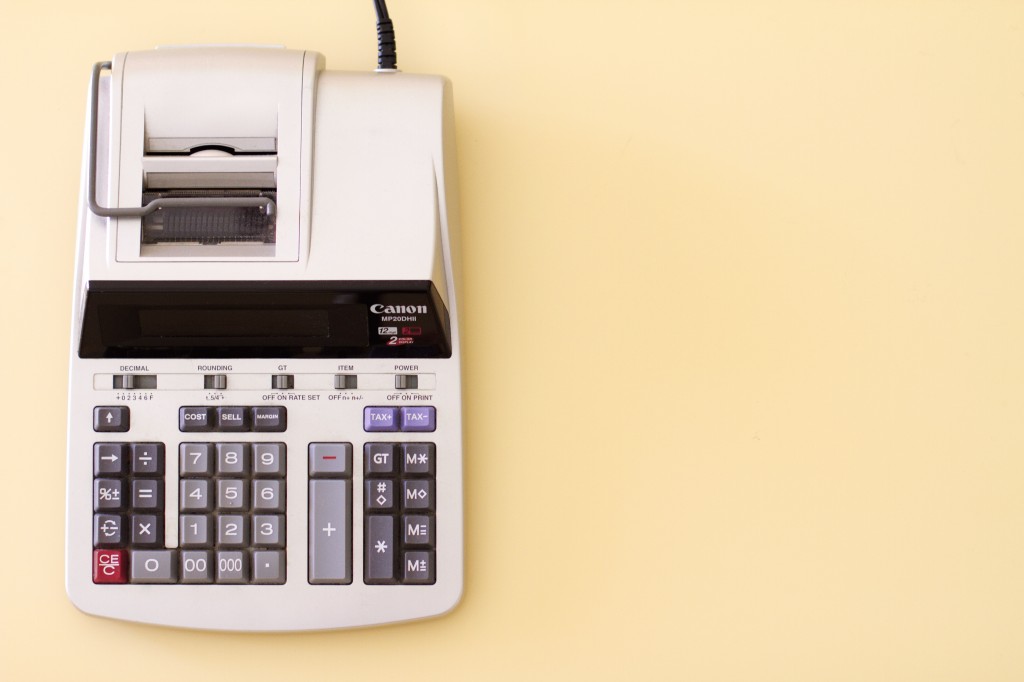Canadian importers must be aware that CBSA can audit their compliance with customs regulations. In the event that non-compliance is discovered, the importer may have to pay additional duties, fines, or have their goods seized upon entry.
Taking a look at the priority list can give importers an idea of the types of goods that are most likely to be selected for verification. Twice a year (in January and July), the CBSA publishes its verification priorities giving importers advance notice of a CBSA customs audit. The Priority List identifies importers and commodities which are considered a higher risk for non-compliance with Canada’s Customs Act. This Risk Assessment Guide explains how the CBSA determines risk factors and importers are selected for audit. It also provides information on frequently encountered audit issues and our priorities for operational audit activities.
The reality is, the importer is legally responsible for maintaining a valid commercial invoice and supporting documents, based on the tariff districts and value for duty called for on that invoice.

Today, we’ll be looking at CBSA’s updated priority list for import audits using an in-depth report by Blake, Cassels, and Graydon LLP, a corporate law firm based in Toronto. Having an idea of this priority list will give you an idea on how to conduct an internal customs compliance audit to assess your level of compliance, and whether there is a need to file a customs voluntary disclosure to correct any past errors.
On how this list is established and verified, Blake, Cassels, and Graydon explain that:
“Trade compliance is managed by the CBSA both by random and targeted verifications.
Random verifications promote voluntary compliance and are designed to measure compliance rates and revenue loss as well as to gather information that can then be used for risk assessment purposes. Targeted verification priorities are established by the CBSA on an ongoing basis as a result of a risk-based analysis.”
On December 7, 2017, the CBSA released its most recent list of priority tariff classification codes and corresponding customs actions. Importers of goods declared under the 21 tariff numbers or descriptions should take proactive measures to assess, and if necessary correct and improve, their customs compliance.
Quick note: If an importer discovers inaccuracies in their declarations before being notified of an audit by the CBSA, they should take corrective measures immediately. In such situations, importers may either make a simple correction of such declarations or file a voluntary disclosure. By correcting or disclosing erroneous declarations in a timely manner, importers can minimize their overall penalties.
Here is the list of items that are listed as verification priorities for CBSA:
Spent fowl (Round 2)
LED lamps
Furniture for non-domestic purposes (Round 3)
Batteries (Round 4)
Footwear ($30 or more per pair) (Round 4)
Articles of apparel and clothing accessories (Round 3)
Parts of lamps (Round 4)
Pasta (Round 3)
Cell phone cases (Round 2)
Pickled vegetables (Round 4)
Gloves (Round 2)
Safety headgear (Round 4)
Bags (Round 2)
Import permit numbers (Round 2)
Other mountings and fittings, suitable for furniture (Round 2)
Air heaters and hot air distributors (Round 2)
Flashlights and miners’ safety lamps (Round 2)
Stone table and counter tops (Round 2)
Disposable and protective gloves (Round 4)
Parts of machines and mechanical appliances
Other chemical products
Apparel (Round 3)
Footwear (Round 2)
Bedding and Drapery (Round 2)
You can see the full tariff classification systems for these items here.
—
All things considered, all importers are subject to compliance verification at any time. No importer is immune to random audits by CBSA – so it is critical that you remain compliant. Working with a customs broker to help streamline your compliance and entry process is ideal. Interested in learning more? Click here.

 Payment
Payment  My Account
My Account